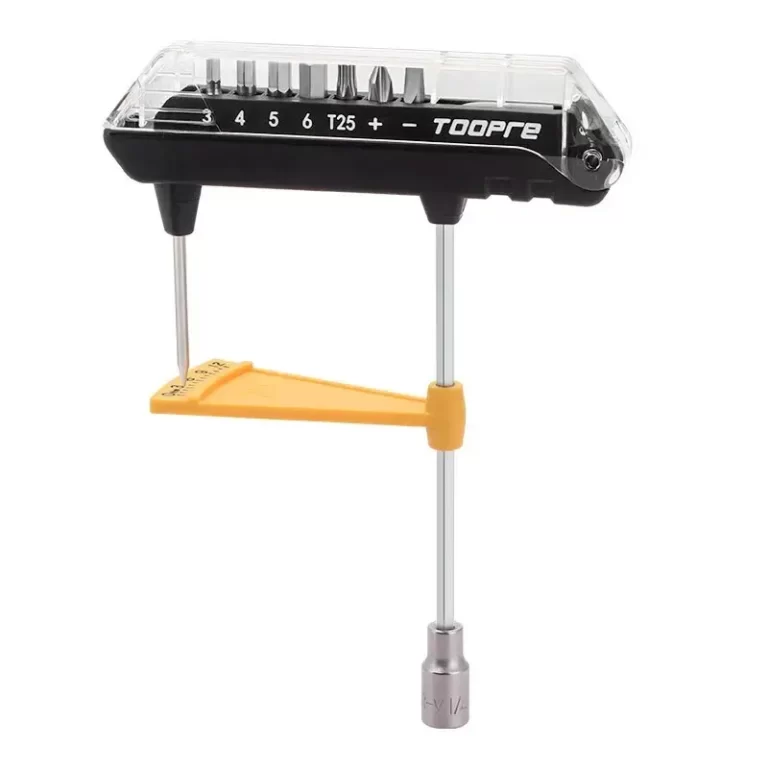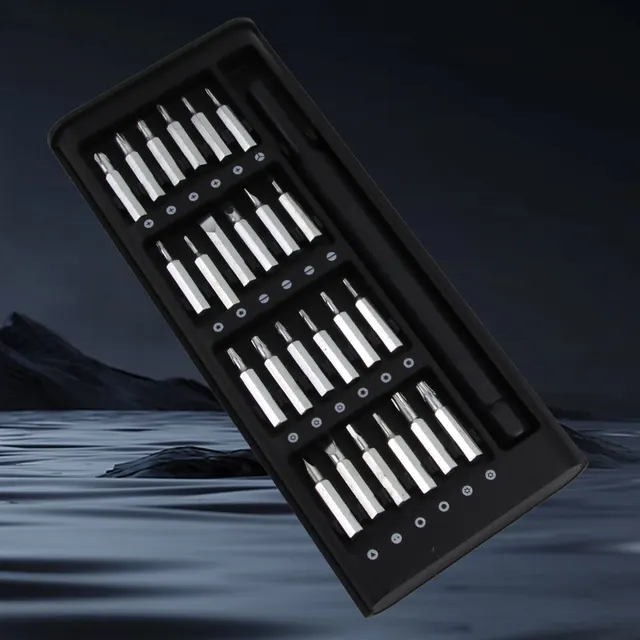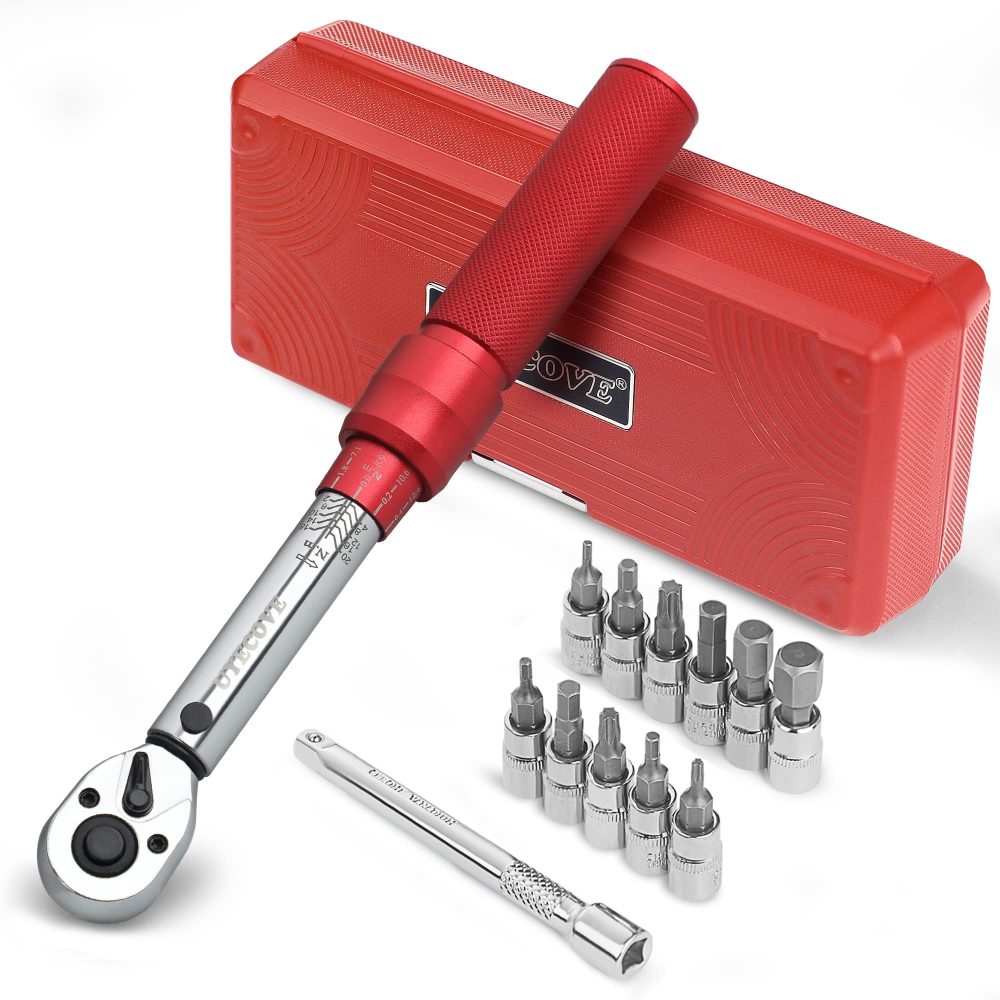
Best 1/4 Torque Wrench for Precision Work in Tight Spaces
What Is a 1/4 Torque Wrench?
A 1/4 torque wrench is a precision tool designed to tighten fasteners with accuracy. It ensures that bolts and nuts are fastened to a specific torque level. This tool is ideal for small fasteners, commonly used in automotive, mechanical, and DIY projects. It helps prevent over-tightening or under-tightening, which could lead to equipment failure or damage. With its compact size, a 1/4 torque wrench is perfect for tasks in tight spaces and intricate assemblies.
Key Features of a 1/4 Torque Wrench
- Compact Size: A 1/4 torque wrench is lightweight and easy to maneuver in confined areas.
- Torque Range: Its torque range usually covers 20-200 inch-pounds, suitable for small fasteners.
- Material: Made from durable materials like steel, it ensures long-lasting performance.
- Adjustability: It allows users to set precise torque levels for consistent results.
- Design Options: Available in click-type, beam-type, and digital models, providing versatility for various users.
Common Applications for a 1/4 Torque Wrench
- Automotive Work: Used for small screws and bolts in cars, motorcycles, and bicycles.
- Electronics Assembly: Ensures precise tightening in delicate electronic components.
- Furniture Assembly: Secures small fasteners in furniture with accuracy.
- Home DIY Projects: Ideal for hobbies requiring meticulous fastening.
- Machinery Maintenance: Essential for securing small fasteners in industrial equipment.
Understanding a 1/4 torque wrench and its features can improve your accuracy and efficiency in projects. The tool’s versatility and compact size make it invaluable for professionals and DIY enthusiasts alike.
 Why Accurate Torque Matters
Why Accurate Torque Matters
Accurate torque settings are essential when working with fasteners. A 1/4 torque wrench ensures precision tightening. This prevents problems caused by incorrect torque levels, like over-torquing or under-torquing. Let’s explore these issues further.
Impact of Over-Torquing and Under-Torquing
Over-Torquing: Tightening a fastener too much can cause several problems. It can strip threads, lead to bolt deformation, or even break the fastener. These issues can weaken the assembly and compromise its strength.
Under-Torquing: Insufficient torque can result in loose fasteners. Loose fasteners can lead to equipment malfunction, vibration, or misalignment. Over time, this can cause unnecessary damage or accidents.
Maintaining the right torque is critical for ensuring the integrity of your projects. The 1/4 torque wrench helps achieve the perfect balance.
Ensuring Safety and Equipment Longevity
Using accurate torque settings enhances safety. Properly tightened fasteners reduce the chances of accidents. Over-tightened or loose components could fail during operation, risking injury or equipment failure.
Accurate torque also prolongs the life of your tools and components. Over-torqued fasteners can damage materials, while under-torqued ones can cause wear and tear over time. Precision torque helps avoid these issues and ensures long-term performance.
In summary, a 1/4 torque wrench is a must-have tool. It guarantees precision, safety, and the longevity of your equipment and projects.
Types of Torque Wrenches
Not all 1/4 torque wrenches are the same. They come in various types to suit different needs. Understanding the types helps you select the right one for your tasks. Here’s a breakdown:
Click-Type Torque Wrenches
Click-type torque wrenches are the most widely used. They produce a clicking sound when the desired torque is reached. This sound acts as a clear signal, reducing the risk of over-tightening. These wrenches are reliable and easy to use, making them ideal for beginners and professionals alike.
Beam-Type Torque Wrenches
Beam-type torque wrenches have a simple design. They use a pointer and scale to indicate torque levels. As the fastener tightens, the pointer moves along the scale. These wrenches are affordable and durable but require more focus to avoid reading errors. They’re great for those who prefer a mechanical solution without complex parts.
Digital Torque Wrenches
Digital torque wrenches offer advanced features. They display torque digitally for high accuracy. Many models include alerts, such as beeps or LEDs, when the torque target is reached. These wrenches are user-friendly and save time, making them perfect for precision tasks. However, they are more expensive and need batteries to operate.
Choosing the right type of 1/4 torque wrench depends on your budget, skill level, and project requirements. Each type has its own advantages that cater to specific needs.
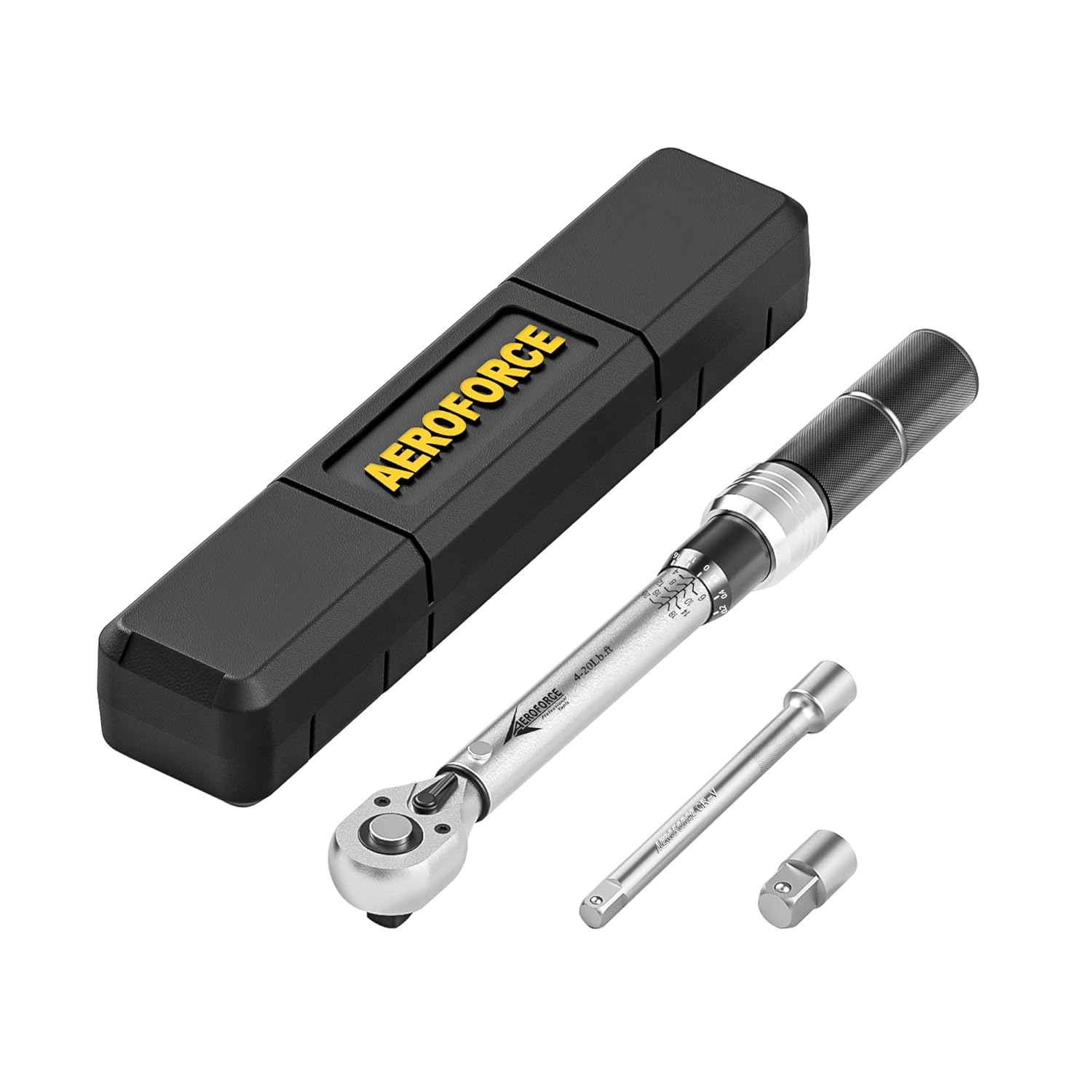 Step-by-Step Guide to Using a Torque Wrench
Step-by-Step Guide to Using a Torque Wrench
Using a 1/4 torque wrench correctly ensures precision and protects your equipment. Follow this step-by-step guide.
Preparing the Wrench and Setting the Torque Value
- Inspect the wrench for damages before use. Make sure all parts are intact.
- Check the user manual for torque range specifications. Confirm your task falls within this range.
- Select the correct torque value for your fastener size and application. Refer to manufacturer guidelines.
- Adjust the wrench to the desired torque setting. Twist the handle or use the adjustment mechanism.
- Lock the setting in place if your wrench has a locking feature.
Proper Hand Placement and Adjustment
- Hold the torque wrench firmly with your dominant hand. Keep a secure but comfortable grip.
- Position your hand near the handle, avoiding the scale or adjustment mechanism.
- Maintain steady pressure while tightening the fastener. Keep the wrench aligned with the fastener head.
Tightening Procedures: Dos and Don’ts
Dos:
- Tighten slowly and steadily to reach the desired torque value.
- Listen or watch for signals (click sounds or digital indicators). Stop tightening immediately after achieving the torque.
- Double-check the torque setting before moving to the next fastener.
Don’ts:
- Avoid exceeding the torque range of the wrench. This can cause damage.
- Do not apply excessive force or use extensions on the wrench. These actions can reduce accuracy.
- Never use the wrench as a general-purpose tool, such as a hammer.
By paying attention to these steps, you’ll ensure precision and preserve the life of your 1/4 torque wrench.
Tips for Maintaining Your Torque Wrench
Proper maintenance extends the life of your 1/4 torque wrench and ensures its accuracy. Below are essential tips to keep your wrench in top condition.
Cleaning and Storing the Wrench
- Clean After Each Use: Wipe the wrench with a clean cloth to remove dirt, grease, or debris.
- Avoid Harsh Chemicals: Use mild cleaning solutions; strong chemicals can damage the wrench’s finish.
- Keep It Dry: Prevent moisture from settling on the wrench to avoid rust or corrosion.
- Store Safely: Place the wrench in its protective case after use. This keeps it safe from impacts.
- Avoid Extreme Temperatures: Store the wrench in a cool, dry place to prevent material degradation.
Calibration: Why and How Often It’s Needed
- Why Calibration Matters: Regular calibration ensures the wrench provides accurate torque settings every time.
- Calibration Frequency: Calibrate the wrench annually or after heavy use to maintain precision.
- Signs Calibration Is Needed: If readings feel off or fasteners are not tightening correctly, check calibration.
- Professional Calibration Services: Use authorized services to get dependable results and preserve warranty coverage.
- Testing After Calibration: Test the wrench on smaller tasks to confirm accuracy post-calibration.
Maintaining your 1/4 torque wrench helps ensure its longevity and reliable performance in every task.
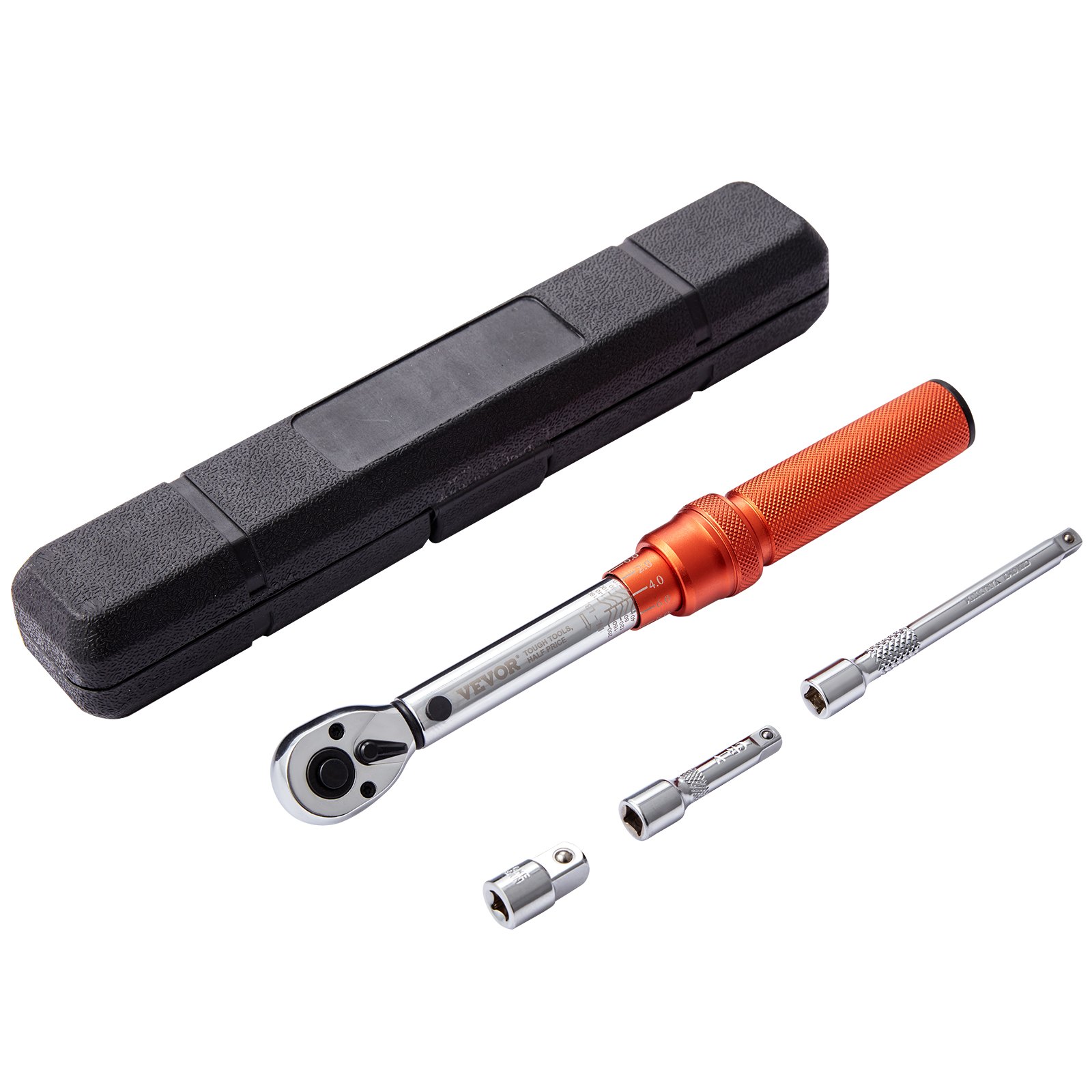 Common Mistakes to Avoid When Using a Torque Wrench
Common Mistakes to Avoid When Using a Torque Wrench
Using a 1/4 torque wrench requires attention to detail and proper technique. Avoiding common mistakes ensures accuracy and preserves the tool’s lifespan. Below are the key errors to watch out for and how to avoid them.
Misreading the Torque Scale
- Incorrect Torque Setting: Misreading the scale leads to improper torque settings. Always double-check the values before use.
- Distracted Reading: Focus on the scale to ensure accuracy. Keep the area well-lit for better visibility.
- Rushing the Process: Set aside time to read the scale carefully. Hasty adjustments may cause errors.
- Solution: Familiarize yourself with the scale and markings. Practice setting torque values accurately.
Using the Wrench for Non-Torque Applications
- Misuse as a General Tool: Never use the wrench for tasks like prying or hammering. This causes permanent damage.
- Overloading: Avoid using the wrench on fasteners above its torque range. Stick to its intended purpose.
- Ignoring Wrench Type: Ensure the tool matches the task. For example, use beam-type wrenches if precision reading is necessary.
- Solution: Treat the wrench as a specialized tool. Use it only for torque-specific applications.
Skipping Regular Maintenance
- Neglecting Cleaning: Dirt and debris can affect the wrench’s operation over time. Clean it after each use.
- Avoiding Storage Best Practices: Improper storage can lead to rust or damage. Use its protective case.
- Forgetting Calibration: Skipping calibration leads to inaccurate readings. Regular checks keep the wrench effective.
- Solution: Create a maintenance routine, including cleaning, storing, and scheduling calibration services.
By recognizing and avoiding these common mistakes, you can maximize your 1/4 torque wrench’s performance and longevity.
Benefits of Using a Torque Wrench
A 1/4 torque wrench offers various benefits for projects involving small fasteners. Its compact size and precision make it indispensable for achieving reliable results. Let’s explore its key advantages.
Precision in Tightening Small Fasteners
- Accurate Torque Application: The 1/4 torque wrench ensures you apply the exact torque needed every time.
- Prevents Damage: Proper accuracy helps avoid issues like stripped threads or deformed components.
- Consistent Results: Each fastener is tightened uniformly, reducing the risk of loosened connections over time.
- Versatile Applications: It’s particularly useful in electronics, automotive tasks, and intricate machinery work.
- Ideal for Sensitive Equipment: Perfect for tasks requiring meticulous care, such as assembling circuit boards or fine machinery.
Precision is crucial for safety and longevity, making this tool a reliable choice for professionals and hobbyists.
Enhanced Control in Tight Spaces
- Compact Design: Its small size allows easy operation in hard-to-reach areas.
- Lightweight Structure: Maneuvering the wrench is effortless, even during prolonged tasks.
- Ease of Handling: With ergonomic grips, it minimizes hand fatigue during use.
- Access to Confined Areas: Useful for tasks in vehicles, machinery, or appliances with limited space.
- Improves Efficiency: The enhanced control speeds up work without compromising precision.
The 1/4 torque wrench combines accuracy and manageability, making it invaluable for precise, small-scale work.
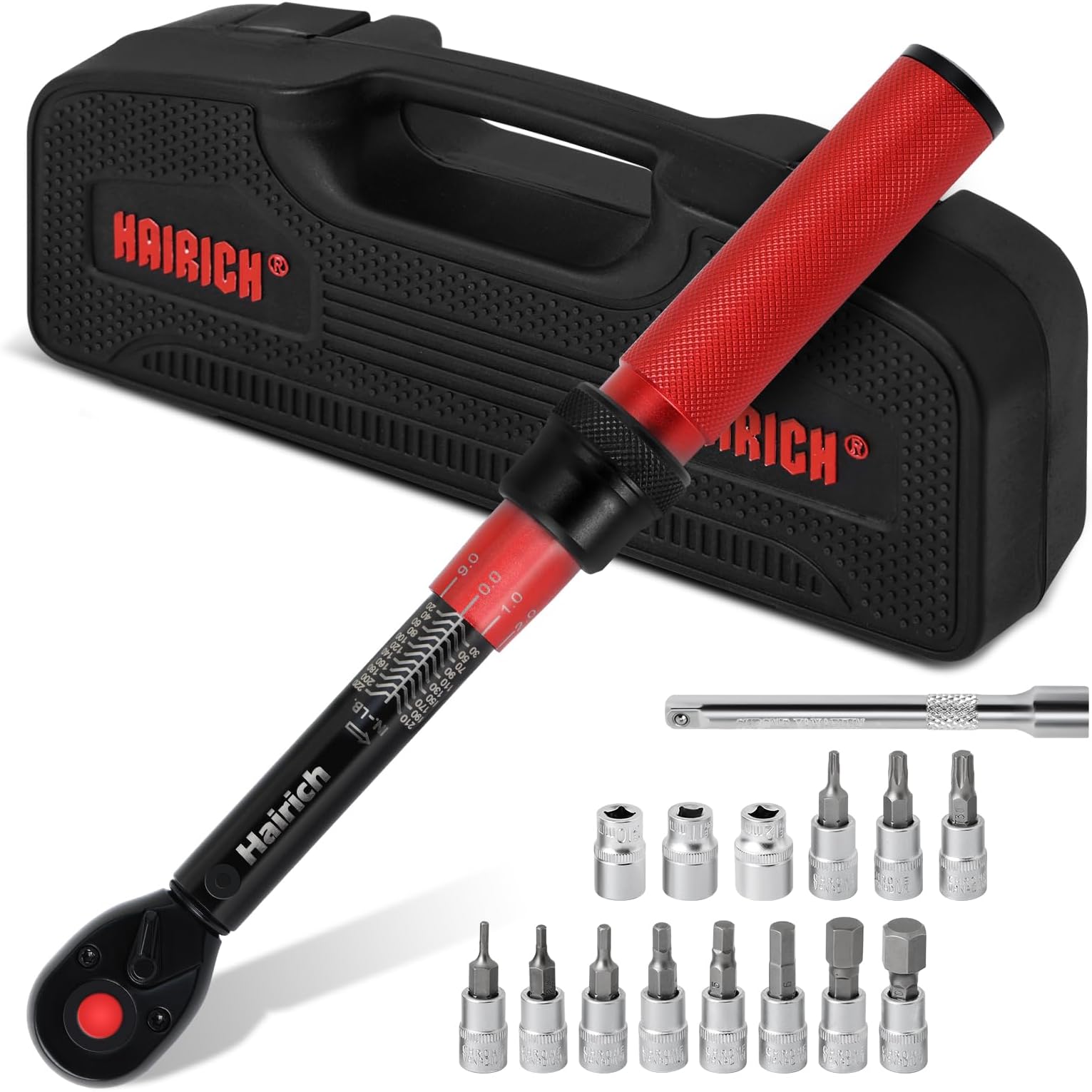 Best Practices for Purchasing a Torque Wrench
Best Practices for Purchasing a Torque Wrench
Key Factors to Consider Before Buying
Choosing the right 1/4 torque wrench involves various considerations. These factors ensure you get the best tool for your needs.
- Torque Range: Check the wrench’s torque range. It should suit your specific tasks.
- Brand Reputation: Purchase from a trusted brand known for durable and accurate tools.
- Material Quality: Look for wrenches made from high-quality materials like steel for longevity.
- Type of Wrench: Decide between click-type, beam-type, or digital models based on your experience and work demands.
- Ease of Use: Opt for wrenches with clear markings or displays for straightforward adjustments.
- Size and Weight: Ensure the wrench is lightweight and compact for easy maneuvering in tight spaces.
- Price: Compare prices to find a balance between quality and affordability.
- Warranty: Choose products with warranties to protect against manufacturing defects.
- Customer Reviews: Read reviews to understand real-world performance and reliability.
Carefully researching these aspects will help you select a dependable wrench for precision tasks.
Recommended Brands and Models
While selecting a 1/4 torque wrench, certain brands stand out for their reliability.
- TEKTON: Known for affordable, high-quality wrenches suitable for most DIY and professional tasks.
- Snap-on: Offers premium tools with excellent accuracy and durability, ideal for professionals.
- Craftsman: Provides value-for-money wrenches with solid performance and versatile use.
- Park Tool: Perfect for bicycle maintenance and tasks requiring precision.
- GearWrench: Known for durable wrenches with clear torque markings.
- Precision Instruments: Specializes in advanced torque wrenches for high-accuracy jobs.
These brands offer wrenches tailored to different needs and budgets. Evaluate features before making your choice.
Frequently Asked Questions
What is the Purpose of a 1/4 Torque Wrench?
A 1/4 torque wrench is used to apply a specific amount of torque to a fastener, ensuring precise tightening. This prevents over-tightening or under-tightening, which can lead to equipment failure or safety issues.
How Do I Set the Torque on a 1/4 Torque Wrench?
To set the torque on a 1/4 torque wrench, first identify the desired torque value for your project. Adjust the wrench’s torque scale to match this value by turning the adjustment knob. Ensure the wrench is calibrated correctly and lock the setting if necessary to maintain accuracy during use.
Can I Use a 1/4 Torque Wrench for Heavy-Duty Tasks?
While a 1/4 torque wrench is ideal for precision and smaller fasteners, it is not recommended for heavy-duty tasks that require higher torque settings. For such applications, consider using a larger drive torque wrench, such as a 3/8 or 1/2 drive model, which can handle higher torque requirements.
How Often Should a 1/4 Torque Wrench Be Calibrated?
It is recommended to have your 1/4 torque wrench calibrated at least once a year, or more frequently if used in demanding environments. Regular calibration ensures accuracy and reliability, maintaining the tool’s performance over time.
What Maintenance Steps Should I Follow for My 1/4 Torque Wrench?
To maintain your torque wrench, regularly clean it after use, store it in a dry and protected environment, handle it with care to avoid impacts, and perform routine calibration checks. Additionally, inspect the wrench for any signs of wear or damage and address them promptly.
Is a 1/4 Torque Wrench Suitable for Beginners?
Yes, a 1/4 torque wrench is suitable for beginners who are looking to perform precise fastening tasks. Its user-friendly features, such as clear torque settings and ergonomic handles, make it accessible for those new to torque measurement tools.
What Types of Projects Benefit Most from a 1/4 Torque Wrench?
Projects that require precise torque application benefit the most from a 1/4 torque wrench. These include automotive repairs, bicycle maintenance, electronics assembly, furniture construction, and any task involving small fasteners where accuracy is crucial.
How Does a 1/4 Torque Wrench Improve My Work Quality?
Using a 1/4 torque wrench improves work quality by ensuring that all fasteners are tightened to the exact specifications. This precision enhances the durability and safety of the assembly, reduces the likelihood of mechanical failures, and provides a professional finish to your projects.
 Conclusion
Conclusion
A 1/4 torque wrench is more than just a tool; it is a crucial component in achieving precision, efficiency, and safety in a wide range of projects. From automotive repairs to intricate DIY tasks, this versatile wrench empowers both professionals and enthusiasts to perform with confidence and accuracy. By understanding its features, applications, and benefits, you can maximize the potential of your 1/4 torque wrench and elevate the quality of your work. Investing in a high-quality torque wrench ensures that you are well-equipped to handle any fastening task with ease and precision. Embrace the accuracy and reliability of a 1/4 torque wrench, and experience the difference it makes in every project you undertake.
